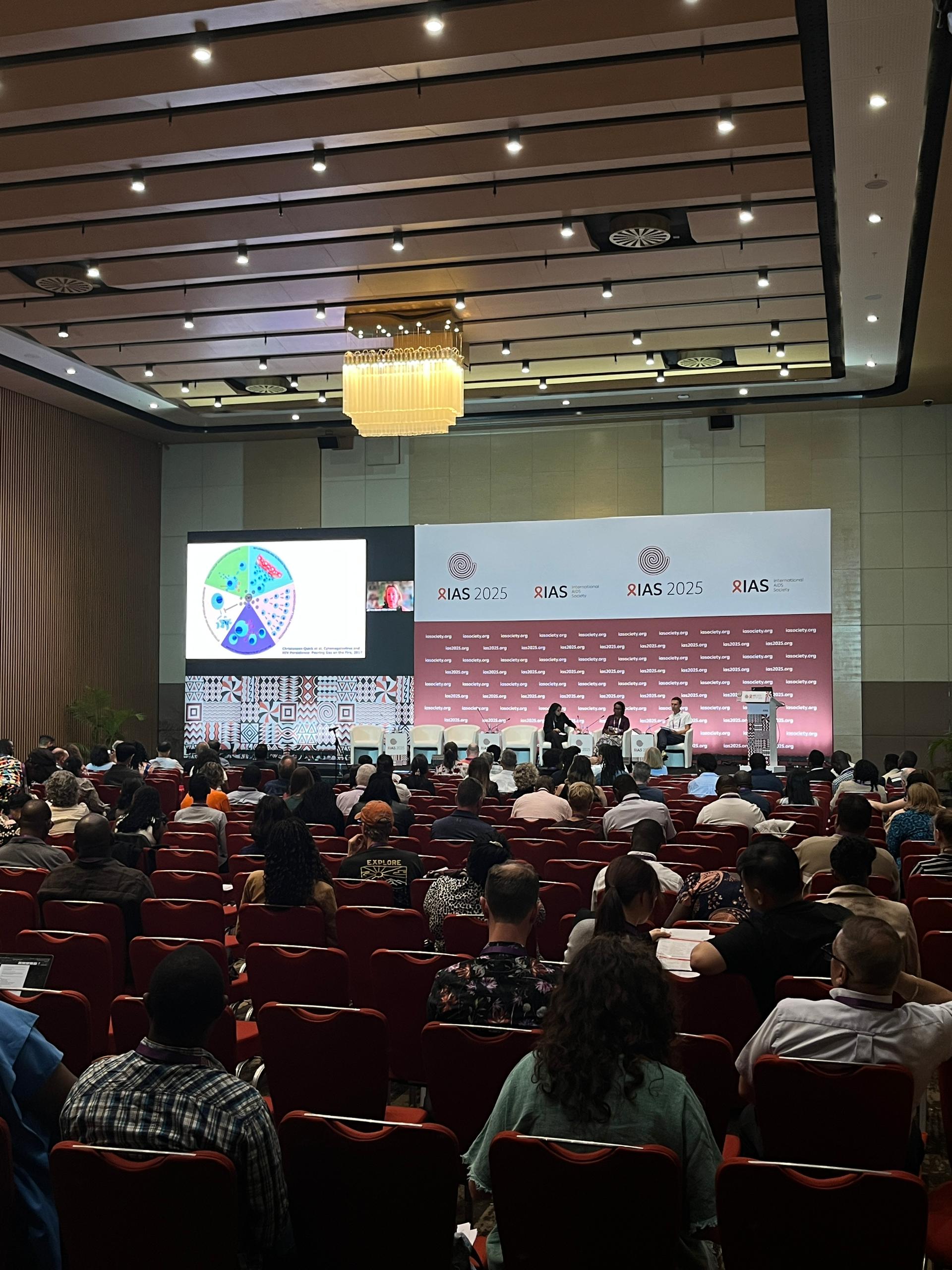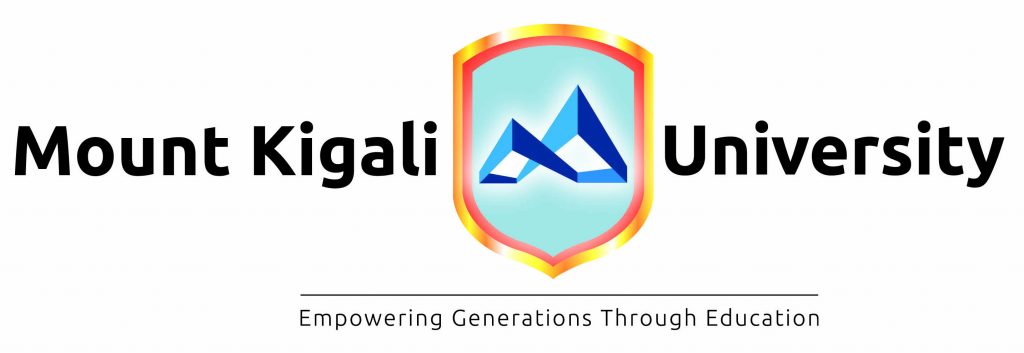The pre-conference to the International AIDS Society (IAS) 2025 has officially commenced at the Kigali Convention Centre, setting the stage for five days of intensive discussions, critical data revelations, and policy debates surrounding the global HIV/AIDS response.
As host nation, Rwanda, a country lauded for its own significant strides in combating HIV, welcomes delegates eager to share insights and strategize future interventions.
A pivotal moment on the opening day was the unveiling of the SHIMS3 2021 findings, which meticulously charted the trajectory of Eswatini’s HIV program from 2016 to 2021, offering critical insights into the nation’s progress and persistent challenges.
Eswatini has demonstrated commendable progress in its national HIV response, recording a decline in HIV prevalence from 27.0% in 2016 to 24.8% in 2021. While these figures signal a positive trend, a deeper dive into the data reveals significant gender and age disparities that demand urgent attention. Women continue to be disproportionately affected, with a prevalence of 30.5% compared to 18.7% among men.
Alarmingly, women aged 25-29 are five times more likely to be HIV-positive than their male counterparts in the same age bracket. Furthermore, the aging cohort (45-49) reported a staggering 50% prevalence, underscoring the long-term impact of the epidemic and the need for sustained support across all age groups.
HIV incidence rates have also seen a notable reduction across Eswatini, falling from 1.13 to 0.62. This positive shift is largely attributed to robust prevention efforts, particularly the widespread adoption of Voluntary Medical Male Circumcision (VMMC), with over 60% of young men (15-24) having undergone the procedure.
However, the incidence rate remains stubbornly high for women (1.11) compared to men (0.17), with no significant reduction observed among women aged 15–34. This persistent gap highlights the urgent need for more targeted and effective prevention strategies for young women.
“While Eswatini has made commendable strides, the data clearly shows that young women are still being left behind in prevention efforts,” noted Dr. Sibongile Dlamini, a public health expert specializing in HIV/AIDS in Southern Africa. “We need to intensify efforts to reach them with comprehensive prevention tools and education, drawing lessons from successful programs across the region, including those implemented here in Rwanda.”
Regarding Pre-Exposure Prophylaxis (PrEP) uptake, the SHIMS3 findings reveal a sharp contrast: although 57% of the population expressed willingness to use it, only 11% have actually accessed it. This disparity points to significant barriers in access, awareness, or implementation of PrEP programs, a challenge many African nations, including Rwanda, are actively working to overcome.
Viral Load Suppression (VLS) has improved significantly, rising from 73.1% to 88.6%, indicating better adherence to antiretroviral therapy (ART) and improved treatment outcomes. Women again lead in VLS rates at 90.1%, compared to 86.1% in men.
Despite this overall improvement, young women (15-24) and young men (25-34) continue to show the lowest suppression rates, at 76.1% and 62.9% respectively. This suggests that while treatment access is improving, retention in care and consistent adherence remain challenges for these critical age groups, often linked to stigma, access to youth-friendly services, and socio-economic factors.
While Eswatini has made remarkable progress towards the UNAIDS 95-95-95 targets (95% of all people living with HIV know their HIV status; 95% of all people with diagnosed HIV infection receive sustained antiretroviral therapy; and 95% of all people receiving antiretroviral therapy will have viral suppression), achieving an overall 94.97% treatment coverage, challenges persist within the treatment cascade.
Among 15-24-year-olds, 16% remain unaware of their HIV status, and 25% of those aged 15-34 still lack this crucial awareness. Furthermore, 15% of those who are aware of their status are not yet on ART.
“Closing these gaps in testing and linkage to care, particularly for our youth, is paramount for achieving epidemic control,” stated a representative from the Eswatini Ministry of Health during the keynote address, echoing sentiments often heard from public health leaders across the continent. “No one should be left behind in our collective fight against HIV.”
In the opening keynote, officials lauded Eswatini’s significant achievements in reducing HIV prevalence and incidence and boosting treatment outcomes. However, they concurrently emphasized the urgent need to close the existing gender and age disparities, increase HIV testing rates, and improve linkage to care for youth.
The discussions at the Kigali pre-conference are expected to foster cross-country learning, with Rwanda’s own experiences in community engagement and robust health systems offering valuable insights.
IAS 2025 leaders outlined core challenges and strategic imperatives under a structured framework, highlighting the various Influences (social, economic, and cultural factors impacting HIV spread), Responses (national and community interventions, including VMMC and ART rollout), and Outcomes (mixed results with clear progress in some areas, but major gaps in others).
The overarching call to action emphasized strengthening HIV Self-Testing (HIVST) integration beyond communities into health facilities, improving PrEP delivery mechanisms, and reinforcing supply chains, especially for vulnerable populations like young women and the aging HIV-positive cohort, ensuring equitable access to life-saving interventions.
This collaborative approach at the Kigali pre-conference aims to galvanize efforts towards a more equitable and effective global HIV response.





